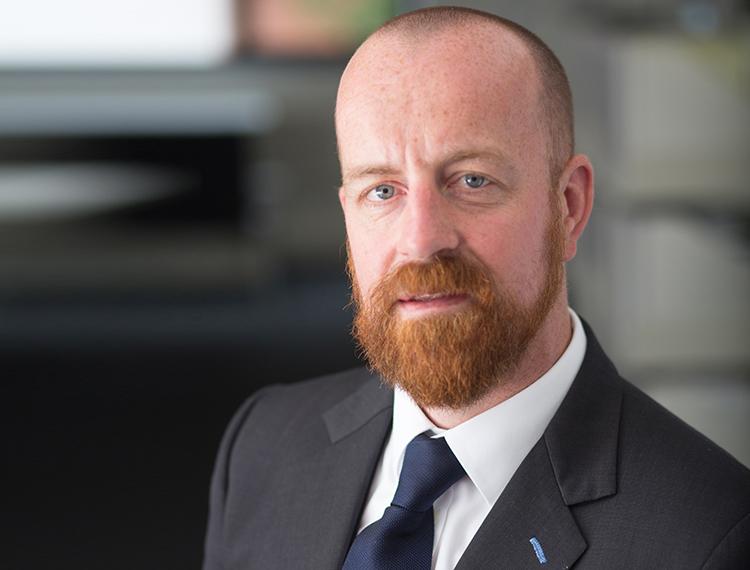Briefing for a Successful STEM Building

Many institutions are seeking to expand their STEM capacity and teaching capability to meet national, regional and local policy ambitions, attract investment, increase student numbers and enhance skills for the workplace. For some, this will link to readiness for the new T-Levels, for others it will also be about expanding apprenticeships in these sectors, while for some it may also link with a bid for one of the new Institutes of Technology.
Effective teaching and learning in Science, Technology, Engineering and Maths requires specialist facilities, which reflect leading edge, industry standards, to create a first-class education environment. Employer practice is increasing blurring the boundaries between STEM components and so in education we need to adopt an interdisciplinary and applied real world approach to curriculum delivery. James Sheppard of Equals Consulting looks at how to create a comprehensive client brief that will make the most of your design team, whether it be for a new building or refurbishment.
STEAM has been growing as a concept within the last few years; adding Art into the mix. Many employers have argued the blurred boundaries further link creatives to technology or to industrial design. They suggest that arts teaching encourages creative risk-taking, problem solving and innovation amongst students, to help maintain these strong areas of the UK economy.
New Build or Retro-fit
Some academic STEM programmes can be accommodated in existing laboratories and teaching space. But when STEM teaching seeks to really exploit new opportunities offered by evolving technology, this leads to a need for new types of space and new relationships between spaces. Whichever path is chosen, the works will need to be designed, procured and constructed, and the key to this is a good client brief.
What should a STEM building do?
There is no ‘cookie cutter’ pattern; the specific requirements will be generated by curriculum needs, but will need to:
- Align with the vision and strategic aims of the institution
- Provide accommodation to meet current and future teaching, training and research needs of different types of provision
- Promote the success of students on their course and in future employment
- Have the capability to cater for substantial technology/equipment and for future upgrades
- Be deliverable in terms of cost, time and quality
- Be sustainable to meet both environmental needs and constrain running costs.
The archetype ‘form follows function’ is never more true than with a STEM or STEAM building, particularly given the budget constraints that most projects will be under. The success of the project will be measured by how well it responds to the characteristics outlined above and these need to be reflected in the client brief.
Briefing
Briefing for a STEM building can pose a challenge; particularly if it is to offer ‘leading edge’ facilities. Many academic and technical staff will know more about the teaching and equipment requirements than the designers specifying the project. Conversely it may not be possible to accurately predict future requirements, due either to uncertainty over evolving technology, or to late contracting of industry partners. Either way, to ensure success, care needs to be taken to communicate this well.
Flexibility is not the Answer
Uncertainty creates a vacuum and there is a tendency for clients to seek comfort in using the term ‘flexibility’ within briefing, in the hope that this will convey to designers that they want wriggle room to change things. Unfortunately, this is rarely successful, as flexible briefs can lead to impractical, expensive and often rarely used solutions, such as moveable walls or the over provision of power and data.
Designers and engineers respond better to constraints. Instead try to focus on ADAPTABILITY. Accept that requirements evolve over time and alterations will be inevitable, and brief on an adaptable building to meet the immediate need without being over specific and creating obstacles to make future adaptation costly and impractical.
Paradigm Site Visits
Site visits as a team to similar facilities are invaluable, whether STEM teaching facilities or similar spaces within industry; they can:
- Help build knowledge of new processes
- Reduce mistakes by lessons learned in use
- Convey real life examples to designers
- Foster relationships with business
- Help reach consensus of quality levels
- Understand adjacencies.
Large Open Plan Spaces
Not to be confused with ‘clear span’, as to a designer this means long span beams and enhanced foundations which increase cost. Instead, ask designers to investigate a standardized column grid that can easily allow subdivision into workable spaces of all sizes for all potential uses, whether workshops, teaching spaces or seminar rooms.
Services
Encourage engineers to think about allowing future adaptation by investigating the following:
- Ceiling mounted main services spines on a standardized grid; to be connected when adapting in future.
- Provide as much in-built capacity for expansion as possible, carry out cost studies to consider whether it is worth investing at the time or allowing space to increase later.
- Local Exhaust Ventilation – LEV can be onerous in terms of Health & Safety and also sterilize areas of the building due to restrictions imposed by exhaust locations.
- Information Technology evolution speed – be wary of purchasing or specifying too widely.
- Heating and cooling will respond to usage, so make sure that the provision at day one is judged on
- what is actually required, with the provision to possibly upgrade later.
Ground Floor Uses
Are vehicles or large pieces of equipment likely to be required? A large door or shutter with level access allows this to happen easily. Goods lifts can be very expensive to install and maintain and should be judged on potential usage. Floor loadings should be carefully considered and optimised to avoid cost.
Building as Teaching Aid
Be aware that the look, feel and structure of the building can be used to aid students understanding of technical delivery, especially with exposed services and structure and also the finished BIM model.
What would Industry do?
Take soundings from industry on how they are approaching the spaces that they use. Not only will it allow lessons to be learned but it will foster links that might help in terms of student placements and equipment use or loan. For Institute of Technology projects, such links will be essential to secure a bid.
Communicate, Question and Measure
Give the designers the leeway to be creative as they have the skills to provide surprising results. Each building project will be bespoke, and these suggestions are only prompts to help you as client communicate your brief to the designers as successfully as possible; but make sure that the brief is used to measure each design stage response against the core briefing principles.
This will ensure that as far as possible the STEM building that you create provides the best value in the short term and also over the life of the asset; supporting academic process in the best way possible.
Find the Right Consultants
This is an area which benefits particularly from having building consultants with experience and who show a willingness to listen and respond to a client brief. Get the brief and the consultants right and you are well down the track of developing and implementing a successful STEM/STEAM building.
James Sheppard, Director, Equals
About Equals: Equals is an independent consultancy formed by highly experienced industry professionals providing project and cost management. We have worked successfully with a number of educational institutions at all stages of the design process from inception through completion.











Responses